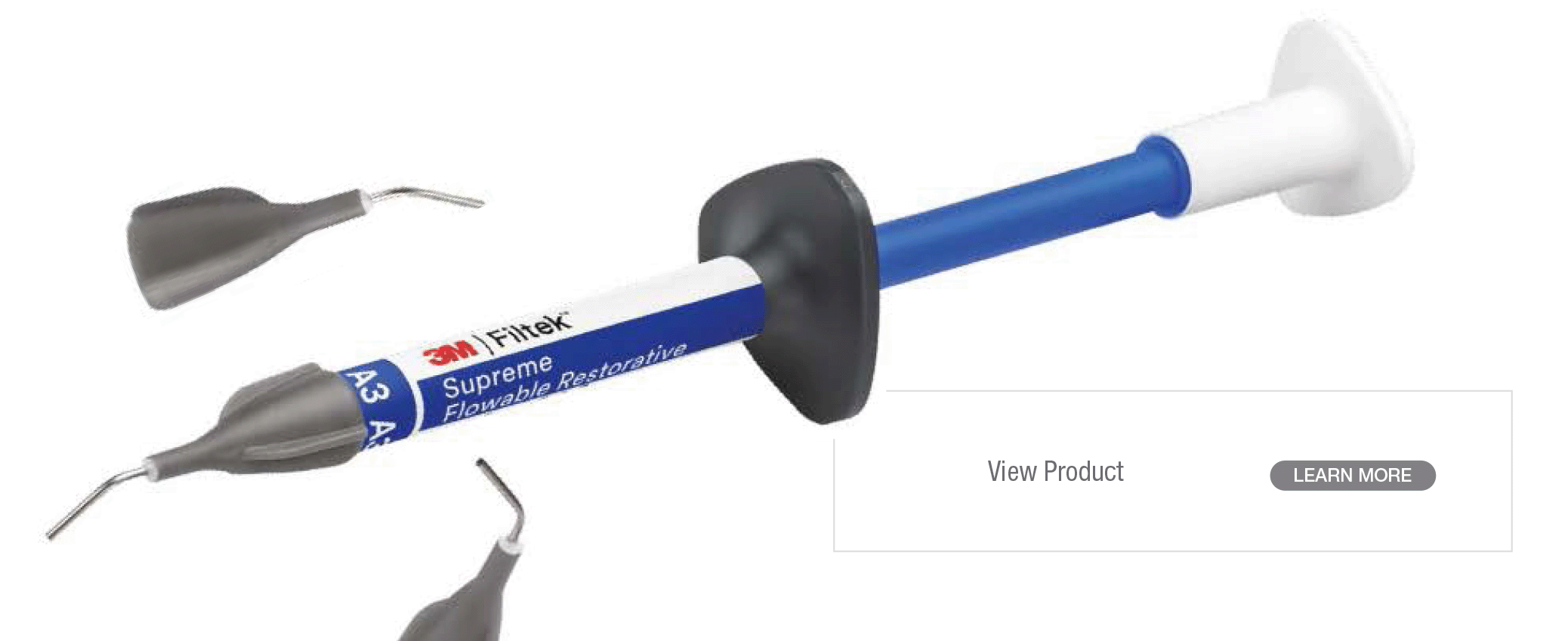
About the Case
A ten-year-old patient chipped his right central incisor while playing with the family cat. The case was treated during an emergency visit.
Challenge
When a child is involved, and only a small repair is needed, it is important to have a restorative delivery system that is fast, easy to use, and dispenses a controlled volume of material.
While flowable composites provide many desirable features, the materials themselves often contain air bubbles. If these bubbles go undetected, and the composite is cured, a time-consuming repair may be needed to achieve an aesthetic and colour stable final restoration.
Outcome
In a 10 minute procedure it was possible to aesthetically integrate the 3M™ Filtek™ Supreme Flowable Restorative into the patient’s natural tooth structure making this an effective and efficient treatment option.




Article Published Sep - Nov 2024 Dental Solutions